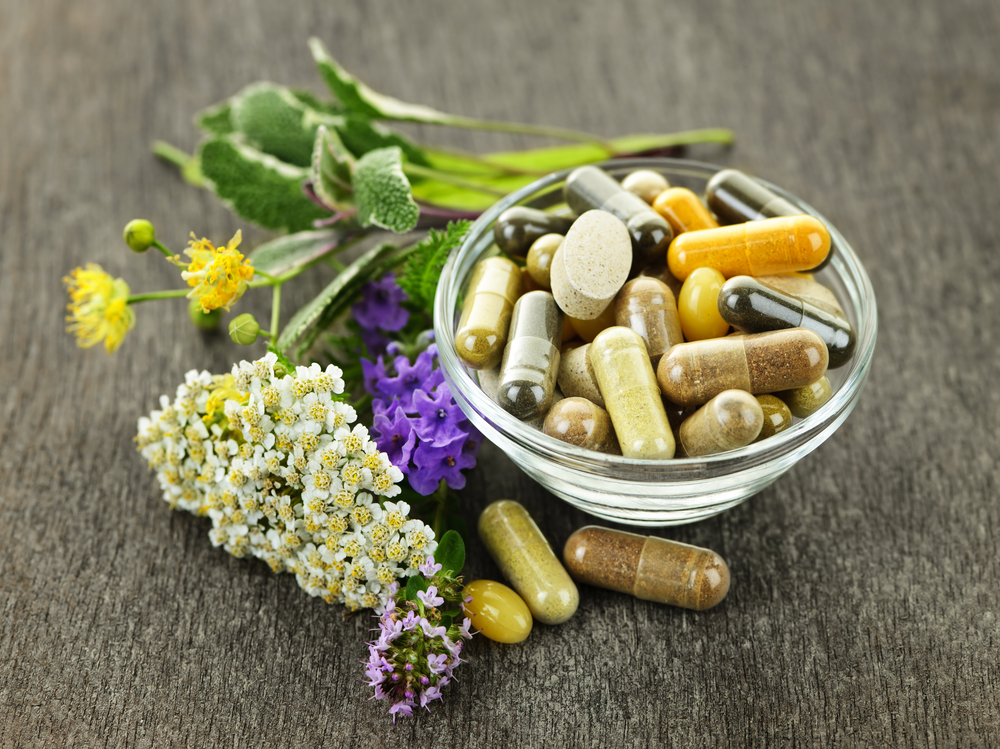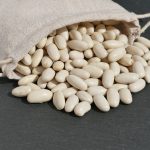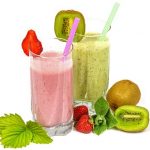Making smoothies is simple: blending together fruits, veggies, and some sort of liquid. Add them all together then blend until creamy. The specifics of creating a great smoothie are in the different aspects and components. Finding the just-right combination takes some trial and error.
It’s possible you could make your smoothie either too sweet (as bananas and pineapples can be particularly saccharine when kept in the freezer) or too zesty (this may occur when you use blackberries or blueberries). You may not want to put in too many greens, because it could give a grassy flavor, or too many chia seeds, which can make it slimy and dense.
Making a recipe is straightforward, just add an element to eliminate whatever you dislike, or you can utilize an uncomplicated smoothie recipe that you know will be successful. We have experimented with all of these options, and each one of them brings something delightful and exceptional to fit all preferences.
Fruit Smoothie vs. Green Smoothie vs. Meal Replacement Smoothie
Green smoothies are all the rage now. In order to make a green smoothie, all you need to do is incorporate greens such as spinach or kale into a regular fruit smoothie.
To whip up a fruit smoothie, get some fresh or frozen fruit and a liquid, and you’re good to go! In order to make a green smoothie, it is advised to include one of the popular vegetation varieties among the options listed.
Be aware that the more sugary a fruit is, the less you should add other sweeteners such as maple syrup or stevia to a fruit smoothie.
You might as well include greens and vegetables in your fruit smoothie since you won’t be able to taste them anyway, and you’ll get the extra health benefits from doing so.
Fruit Smoothie = Liquid + Fruit + Boost(Optional)
A Green Smoothie is a blend that consists of liquid, fruit, a special ingredient for supercharging, and leafy greens.
A Meal Replacement Smoothie is a liquid (like milk, almond milk or juice) plus fruit, an added boost (like protein powder or Greek yogurt), a leafy green (such as spinach or kale) plus a healthy carbohydrate (like oats, bananas, or nuts) can be blended together to make a nutritious meal replacement smoothie.
Smoothie Recipe Serving Sizes
There are a lot of smoothie recipes available, however, it can be tricky to determine which ones to use if it is for a particular size blender. A countertop blender has two to three times the capacity of a personal blender.
Generally, recipes that are intended to be made with Vitamix, Blend-tec, or other large blenders should make two servings, which is equivalent to 32 ounces, or two pints of liquid.
The instructions for a Nutribullet, Magic Bullet, Nutri-Ninja, or other personal blender of a similar size will yield a single serving size which is around 12-16 ounces.
A counter-top 2-serving green smoothie recipe would typically have:
- 2 Cups of Liquid Base
- 2 Cups Leafy Greens
- 3 Cups of Fruit
For a personal blender, you would need to reduce the amounts by half since it produces 50% less.
These are just overall rules and some food dishes may have different quantities.
4 Steps on How to Make a Smoothie
These are the four steps that should be followed, in order: We supply the most preferred components for every action so that you can determine which products to use to prepare smoothies.
Step 1
Add Your Liquid Base
The amount of liquid needed for the blend is contingent on the ingredients, the capacity of the blender, and the quantity being prepared.
Typically, the recommendation is roughly a quarter cup of liquid for each cup of solid ingredients, but it largely depends on the materials used.
You have the freedom to adjust the thickness of your smoothie by gradually adding liquid as you blend, dependent on the ingredients you’re using; for example, items such as bananas, mangoes and oats will make for a denser drink, whereas melons contain high quantities of water and will make it less thick.
You can make healthy smoothies with lots of different liquids such as water, soy milk, coconut milk, coconut water, hemp milk, raw milk, and almond milk. Additionally, yogurt like Greek yogurt is a great option too, as it provides a pleasant texture.
Step 2
Add Fruits And Vegetables
You should place the gentlest components closest to the blade in order to maximize the efficiency of blending. Trying out recipes that are tried and true can help circumvent the experimentation of combining fruits and vegetables that do not combine to create pleasant flavors. There are so many possible pairings that this will save a great deal of time.
Popular Greens : Spinach, Kale, Collards, Swiss Chard
Some of the most well-known fruits are apple, banana, strawberry, mango, pear, peach, assorted berries, melons, pineapple, and so forth.
Notes about components : Spinach is usually the go-to choice for green smoothies because it is very subtle in flavor and full of beneficial vitamins and minerals. Spinach is a beneficial choice for those starting to drink smoothies. Other vegetables with subtle flavors include lettuce and bok choy.
Kale has a more distinctive flavor, but mixing it up with spinach can be a great idea as it is very healthy.
Step 3
Add your “Boost” Ingredients
“Boost” ingredients can add flavor and nutrition.
Popular Smoothie Boost Ingredients Include:
- Nut butters such as sunflower, peanut, and almond
- Seeds like flax, chia, and hemp
- Superfoods such as cacao powder, goji berries, maca powder, and spirulina
- Protein powders like whey, hemp, rice, and soy.
Step 4
OPTIONAL (Sweetener or Spices)
Put in a modest quantity of sugar or spice to give your food some flavour. Certain recipes that involve sweet-tasting fruit will not require any extra sugar.
Putting a bit of natural sweetener in your smoothie can be helpful to balance out your sweet tooth while you’re following a healthy eating plan.
- Sweeteners (raw honey, dates, agave syrup)
- Spices (Cinnamon, nutmeg, vanilla, ginger)
How to Make a Green Smoothie Into a Meal Replacement Smoothie
Many individuals will consume fruit or vegetable smoothies as an effortless approach to boost their consumption of fruits and vegetables in their daily fare.
If you would like your smoothie to be a substantial meal that will make you feel full for a longer period of time, think about incorporating a nutritious carbohydrate into your smoothie. You can take any smoothie recipe you, and simply add a carb such as raw oats to it.
Smoothie recipes that incorporate several “Boost” components may be used in substitution of a meal, although a professional meal replacement smoothie generally contains a dense element, such as oats, quinoa, tofu, buckwheat, or sweet potato.
Sometimes you will find these nutritional carbohydrates labeled as “fillers” in smoothie recipes.
These carbs increase the calorie content of a smoothie, yet they make you feel satiated for a more extended period and give your body the energy it needs.
For a 16 ounce smoothie, it is customary to combine ¼ to ½ cup of a supplement. For instance, if you are making a single smoothie, throwing in half a cup of oats would increase the calorie count by 150.
Some folks slip a bulking ingredient into their morning smoothie to make sure they have the stamina to get through the day. It should be noted that some smoothie additions may thicken your smoothie, which means you may need to add more fluid to your blend to fix the texture.
Anytime is a good time for a smoothie.
A smoothie can be a good start to your morning, an energy boost in the afternoon, a way to recharge after a workout or even drink as a late night snack. By controlling the contents of your smoothie you can affect the nutrients you are receiving.
Don’t get bored with your smoothie ingredients play around with novel flavors and textures.
Extra Ingredients to Consider:
- Fruits: Mango, Grapefruit, Banana, Strawberry, Pineapple, Cranberries, Lemons
- Vegetables: Carrots, Beets, Pumpkin, Celery, Pureed Sweet Potato, Kale
- Liquids: Apple cider vinegar, Pomegranate juice, Buttermilk, Coconut milk, Lime juice, Oat milk
- Sweeteners: Honey, Maple Syrup
- Extras: Greek yogurt, Parsley, Cinnamon, Basil
Summary
If you include at least one smoothie in your diet each day, you can look forward to improved health and increased vitality. It’s time for you to begin.
Make sure that the amount of ingredients you use is appropriate to the capacity of the blender. We suggest using recipes to avoid spending time trying to determine what combinations of ingredients work together and how much should be used.









